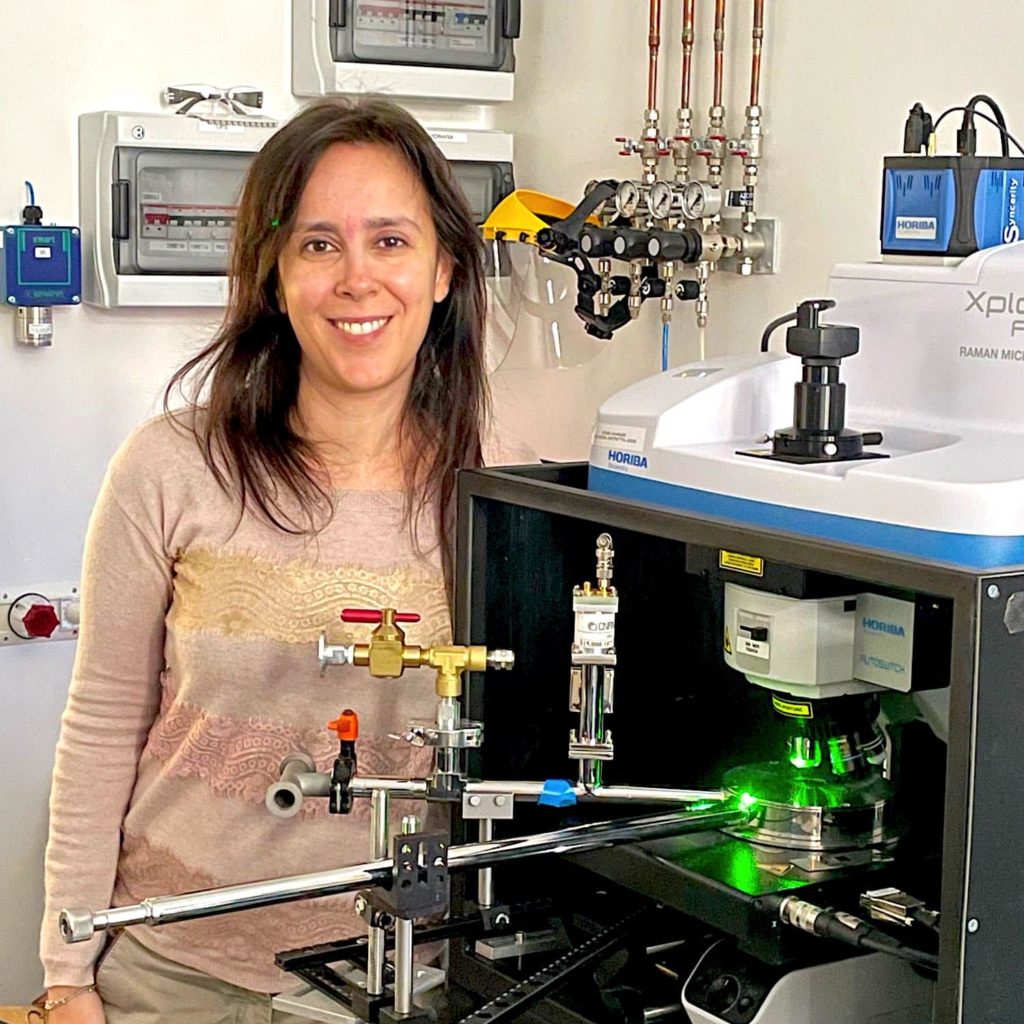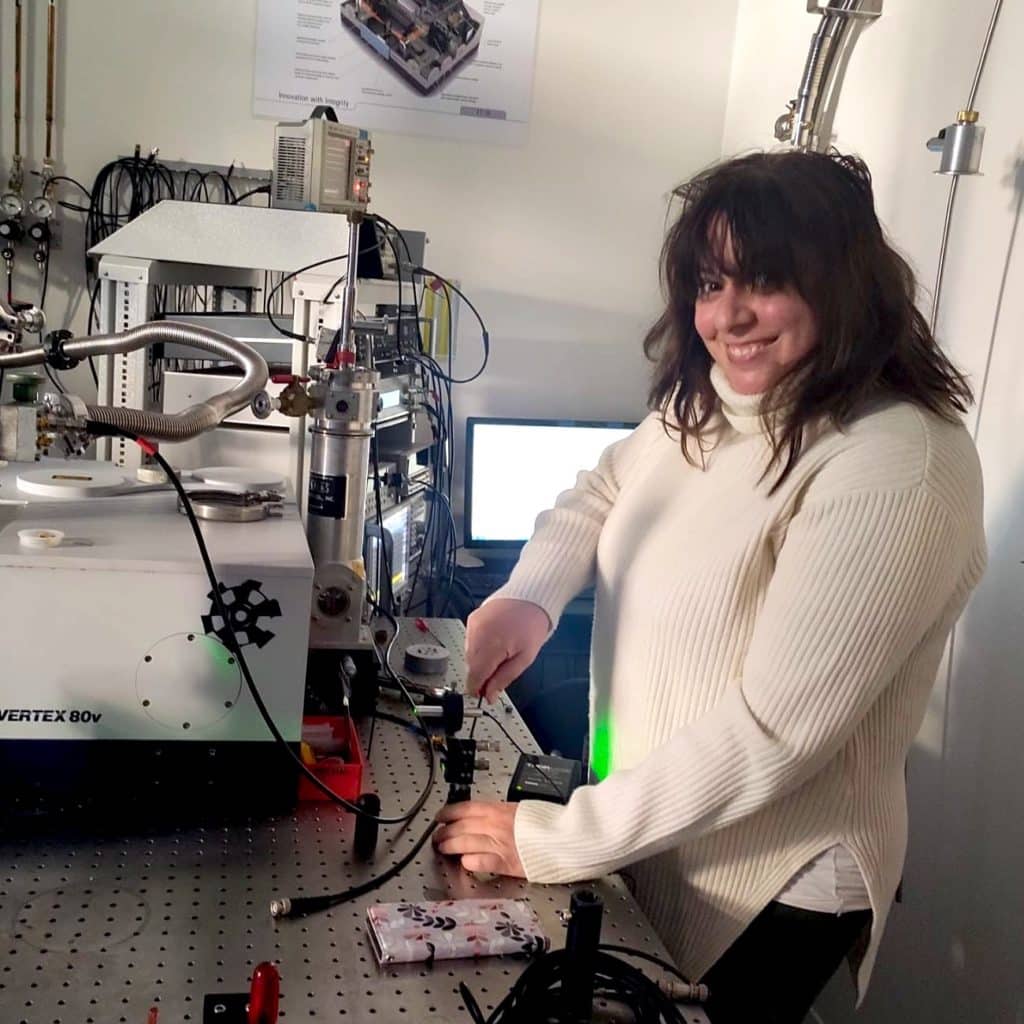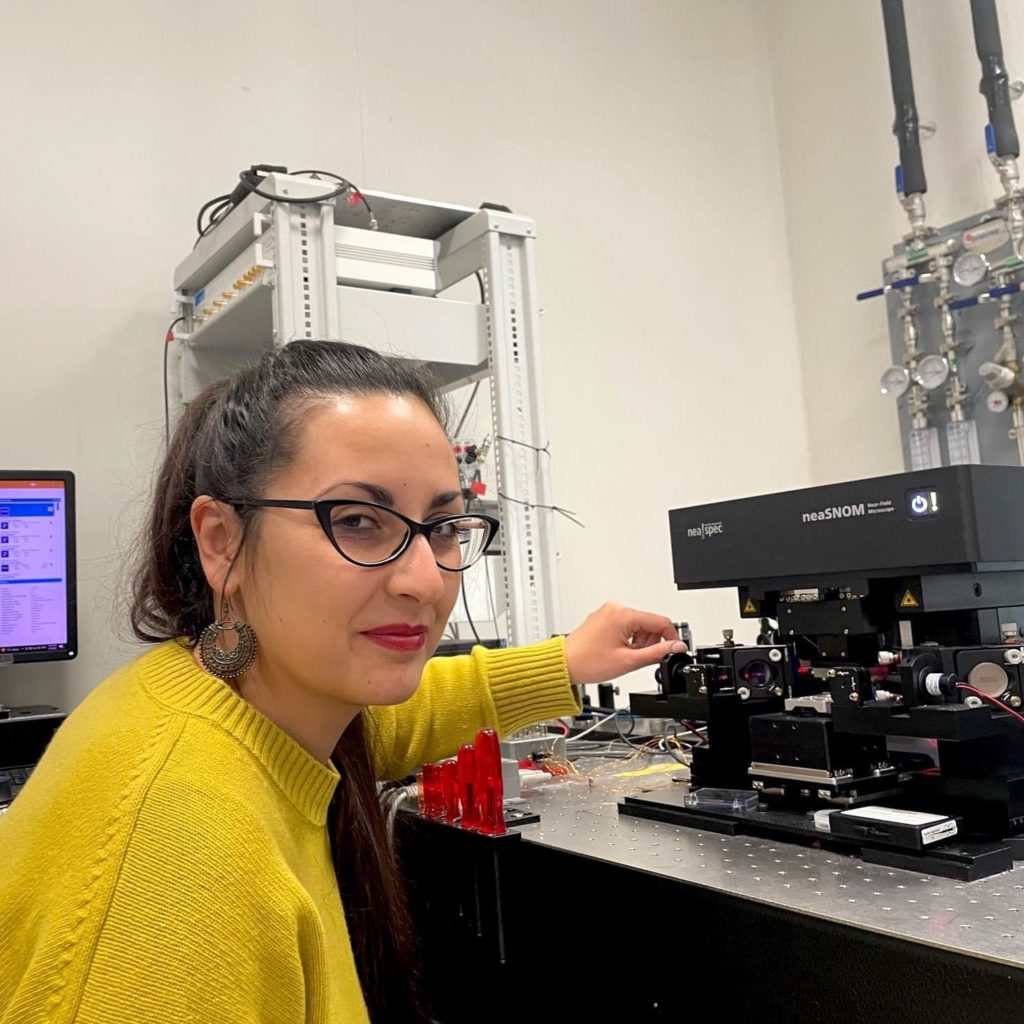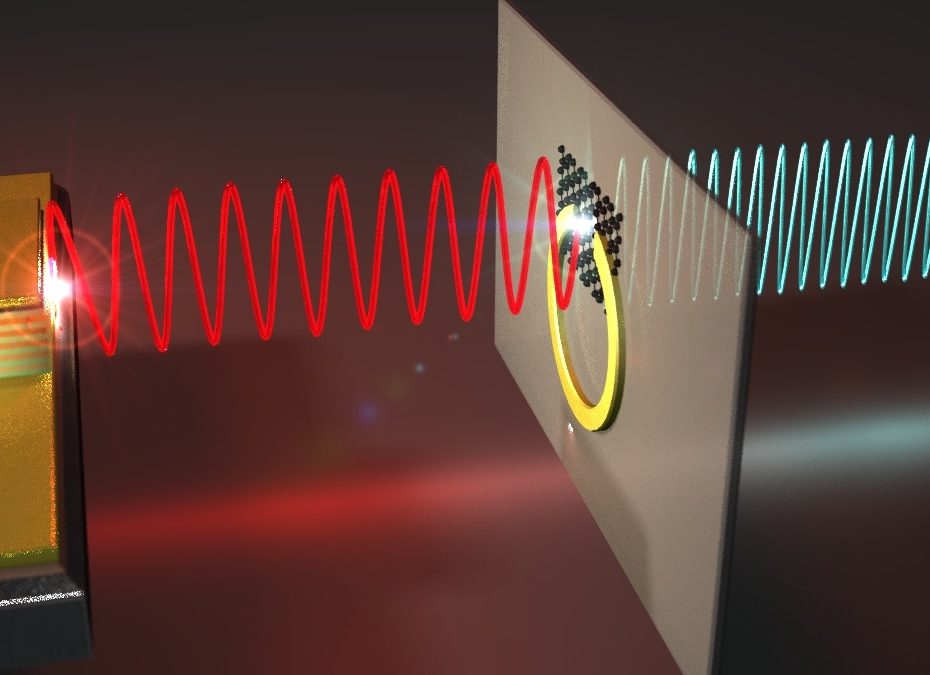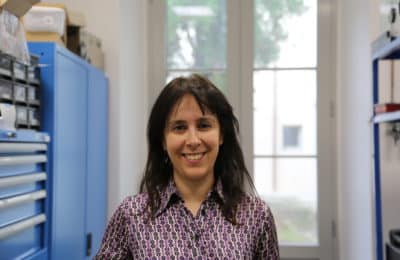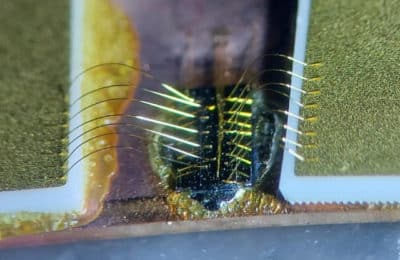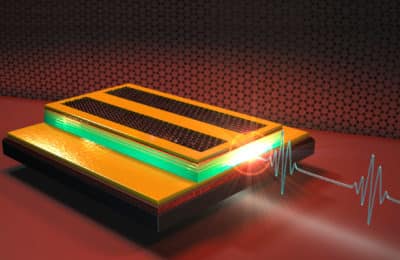Generating terahertz waves in the far-infrared, a frequency previously inaccessible to compact and efficient instruments. This is what an international team led by the Istituto nanoscienze (Cnr Nano) has achieved by developing a device that overcomes the limitations of previous technologies, thanks to the use of graphene, paving the way for a wide range of applications in imaging, spectroscopy, diagnostics, and detection.
The research has been coordinated by Miriam Serena Vitiello of Cnr Nano, in collaboration with researchers from the University of Leeds, University of Cambridge, Ecole Normale Supérieure, and is presented in the journal Nature Communications.
Terahertz (THz) waves are electromagnetic waves with frequencies between microwaves and infrared light, and have groundbreaking potential in applications such as imaging diagnostics, detection of explosives and illegal substances, identification of protein structures, and quality control. However, this potential has been underexploited due to technological difficulties in creating compact and efficient devices in this frequency range.
“In particular, obtaining compact and efficient sources emitting frequencies between 6 and 12 THz, known as the far-infrared range, remains a challenge,” explains Miriam Serena Vitiello. “Unlike the adjacent mid-infrared and THz regions, the far-infrared lacks practical semiconductor laser technology. This is due to the inability of III-V semiconductors, used in laser fabrication, to generate light in this spectral range, known as the Reststrahlen band”.
Now researchers have finally demonstrated a compact and miniaturized system that emits at a frequency of 9.62 terahertz, in the Reststrahlen band.
To achieve this technological milestone, the team exploited the special optical properties of graphene and a custom device design, along with a quantum cascade laser. “When graphene interacts with electromagnetic waves, it can convert them to a higher frequency, a process called harmonic generation. In our case, we obtained a triple frequency of the initial frequency by exciting graphene with a quantum cascade laser,” explains Vitiello. “This approach offers significant advantages in terms of simplicity and efficiency and eliminates the need for powerful and bulky lasers.”
The quantum cascade laser in the THz range, with high output power, was developed through collaboration between the Institute of Nanoscience in Pisa and the University of Leeds in the United Kingdom. The design of the graphene micro-resonator array was carried out in collaboration with the Ecole Normale Superiore in Paris and the Cambridge Graphene Centre in Cambridge. The team from Cnr Nano is composed by reserachrs from the THz photonics group led by Vitiello, located at the NEST Laboratory (National Enterprise for nanoScience and nanoTechnology) Pisa: Alessandra Di Gaspare, signed the study as first author, and Chiara Schiattarella was also in the team.
The use of a compact, miniaturized, and light-generating source that can be electrically driven represents a significant technological advancement over the state of the art, leading to a new generation of optical sources, operating in largely unexplored spectral range with numerous research opportunities and applications. Far-infrared terahertz wavescould be used for studying materials and chemical compounds, including aromatic hydrocarbons, essential for the energy sector and climate monitoring, or for investigating quantum phenomena in innovative materials such as synthetic topological insulators, through new spectroscopic techniques with nanoscale resolution.
Original publication
“Compact terahertz harmonic generation in the Reststrahlenband using a graphene-embedded metallic split ring resonator array”, A. Gaspare, C. Song, C. Schiattarella, L. H. Li, M. Salih, A. G. Davies, E. H. Linfield, J. Zhang, O. Balci, A. C. Ferrari, S. Dhillon, M. S. Vitiello. Nat Commun 15, 2312 (2024). https://doi.org/10.1038/s41467-024-45267-2
[Image: representation of the high-frequency terahertz wave source. The single-layer graphene, coupled to a circular split ring resonator converts the incoming 3.21 THz frequency (red) from a quantum cascade laser into one at a higher frequency, namely 9.63 THz (blue)]
